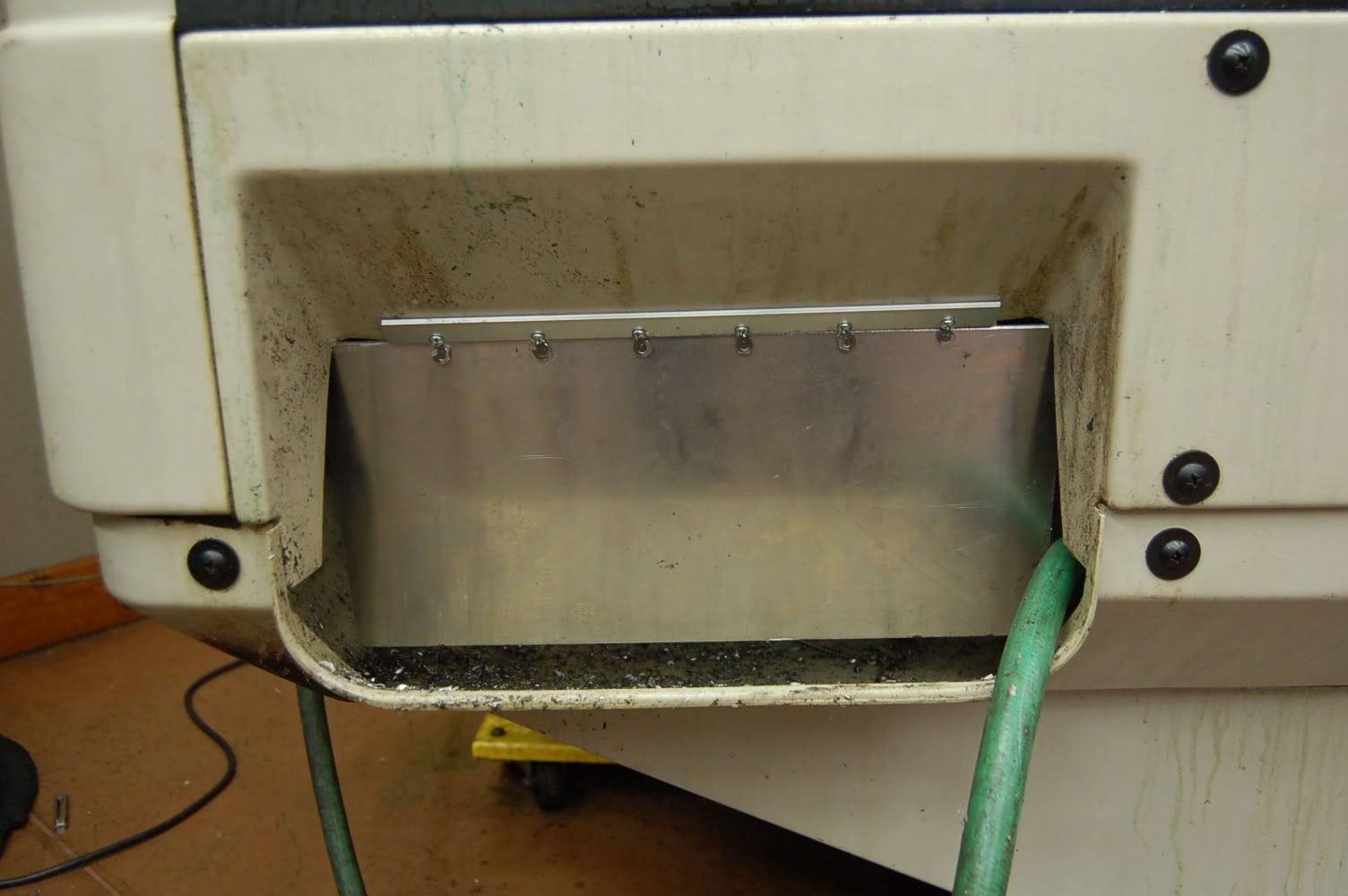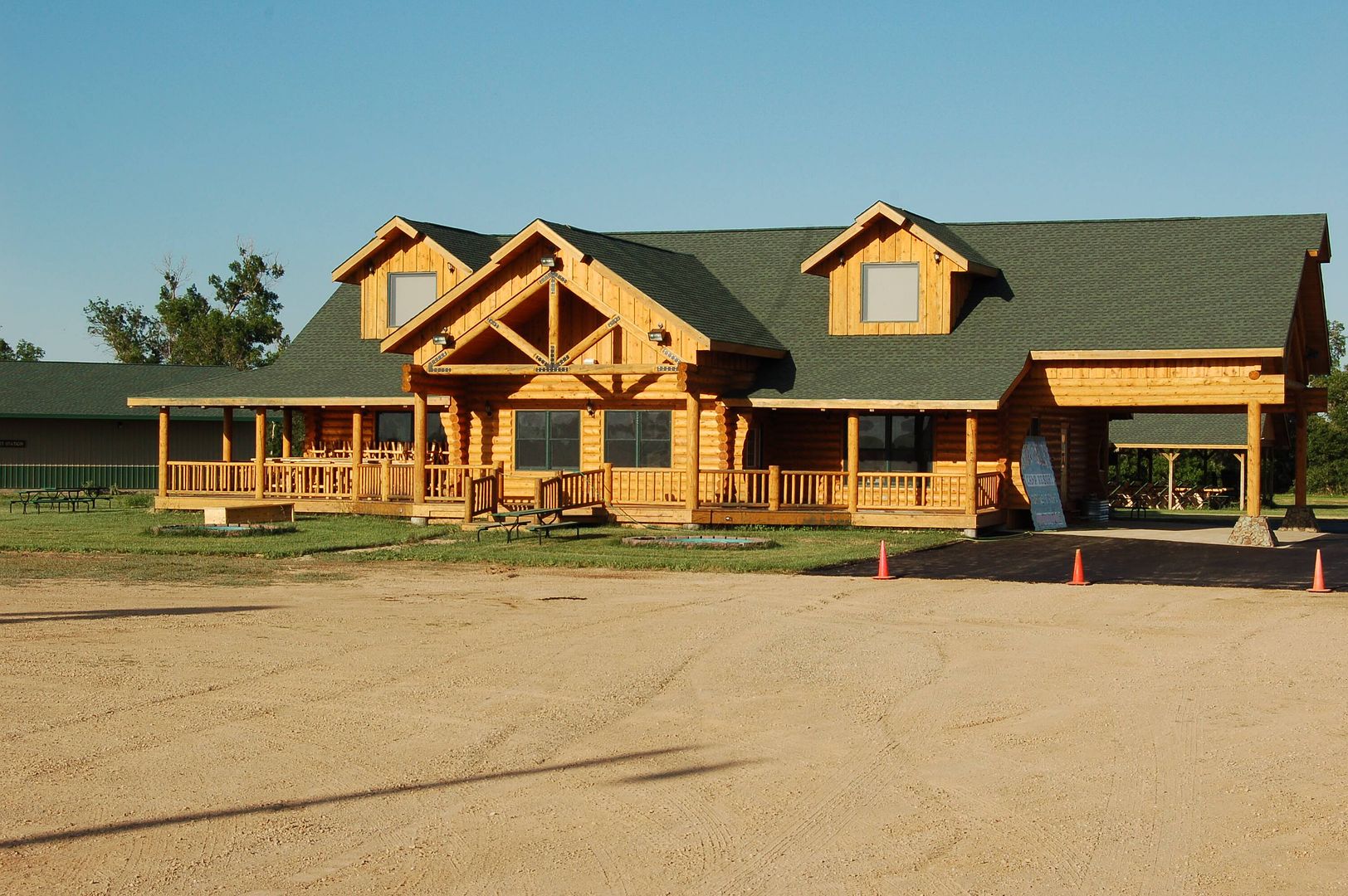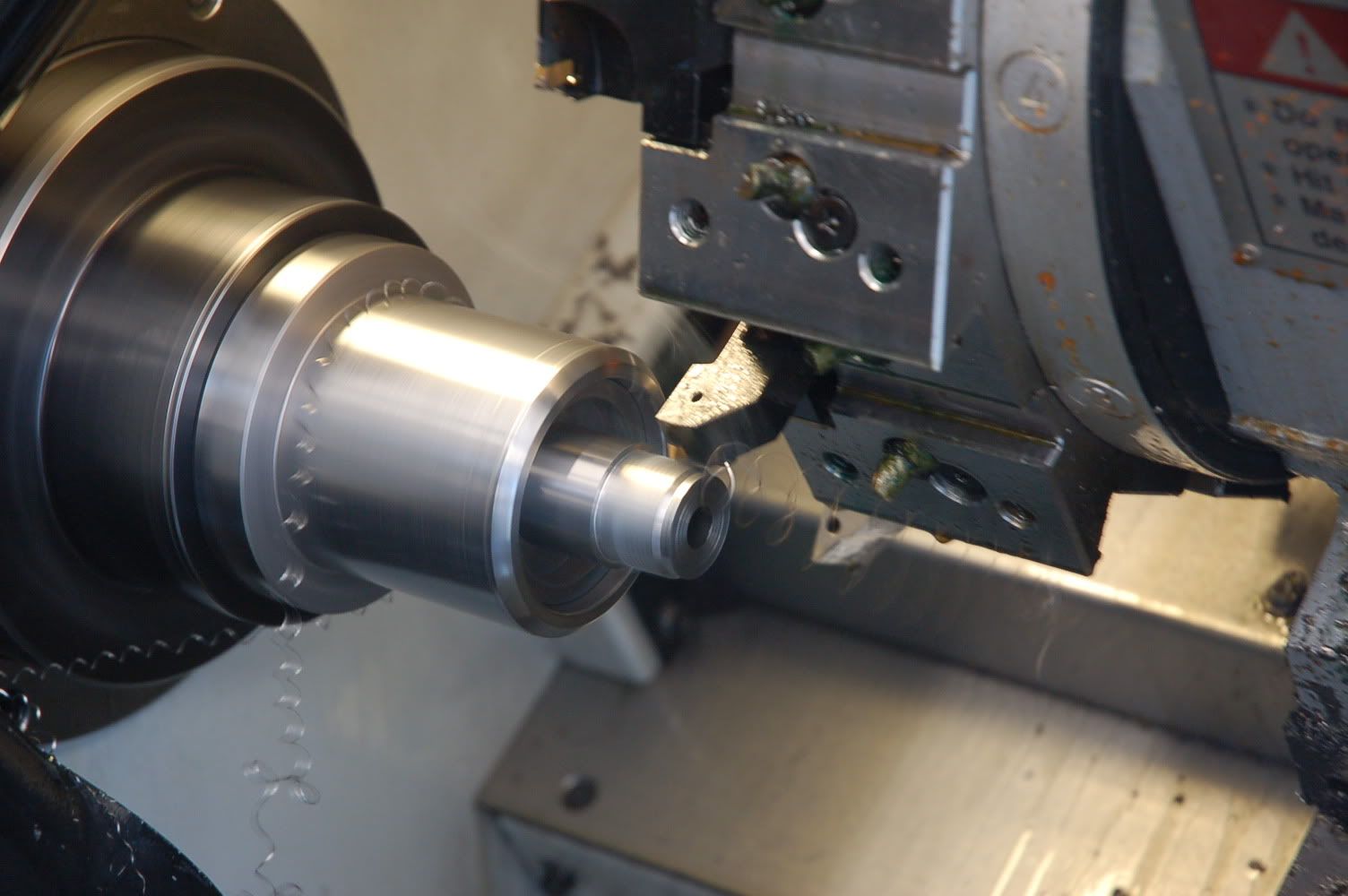Tighten a loose bolt for better accuracy!
I've just read through this thread and saw where NesikaChad mentioned earlier that he does the math and comes to the conclusion that in practice a sloppy bolt really doesn't matter for accuracy.
I build mostly 1000 yard and other extreme accuracy benchrest rifles, so I do put my complete emphasis on all the little details which can (and do) affect accuracy because I thoroughly believe it makes a noticeable difference. But I also build quite a number of F-class and other score-shooting type rifles where the expectation of accuracy for a lot of these shooters doesn't seem to be quite as high as the benchrest crowd demands. But in my mind, it should be - if you can get your 1000 yard agg potential down even a fraction of an inch - just look at the agg results of any big competition and see just how little difference there is between some of the top places. Then convert that philosophy over to score shooting (like F-Class, Camp Perry, and NRA Highpower style shooting) and it makes me wonder if the some of the non-winning shooter's guns had a few less variables and shot even a little bit better, how this could have improved their standings.
So, I'd like to comment on what I've come to believe over many years of tightening bolt slop on several hundred accuracy-oriented rifles. At first I was a little skeptical too, but by now I completely and thoroughly believe that tightening up a sloppy bolt definitely does affect real-world accuracy in a lot of rifles, sometimes considerably so! There are always variables and you can find guns that will shoot really well when things aren't as tight and good as we'd like to see, but over and over again I've seen the accuracy improve. I've had it too many times now where everything else was good on a rifle with poor accuracy, and the only thing I did was tighten the bolt play, and the rifle immediately shot better. Sometimes I did the before and after shooting/testing myself on a customers rifle, and often I hear back from my more experienced customers on just how much improvement there was - and I listen to these guys!
In fact I feel strongly enough about the benefits of doing this that I take considerable time in my custom gunsmithing classes and in my new extreme accuracy series of do-it-yourself gunsmithing DVD's explaining this in detail, showing exactly how to measure for this, and then showing an easy way for anybody (hobbyists as well as pros) to correct this.
Remember, one of the big things to getting the most accuracy out of a rifle is controlling the vibrations that happen when a gun is fired, and these vibrations affect the barrel movement while the bullet is going through the bore. The more the barrel moves, the further the muzzle moves and causes bullet dispersion - affecting the accuracy. When the bolt has slop, and the lugs are off their seats - no matter if it's a very slight amount - when the gun fires, the action flexes hard until both lugs contact. The barrel is hooked to the front of the action, and the more the action flexes, the more the barrel "whips" or moves while the bullet is going through it.
So if we can eliminate most of the bolt play, this helps it stay in almost exactly the same place in the receiver for every shot, it physically moves much less when the gun fires, plus the lugs will stay in more uniform contact with the lug seats - all of which help control the vibration and unwanted movement of the action and barrel, thus helping the accuracy.
Gordy Gritters
www.extremeaccuracyinstitute.com
www.gordysgunsmithshop.com





